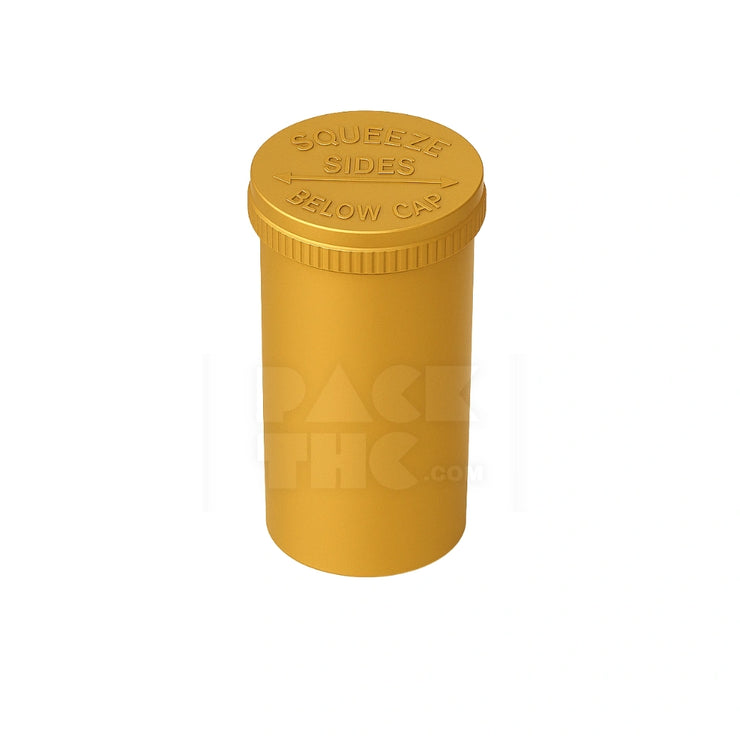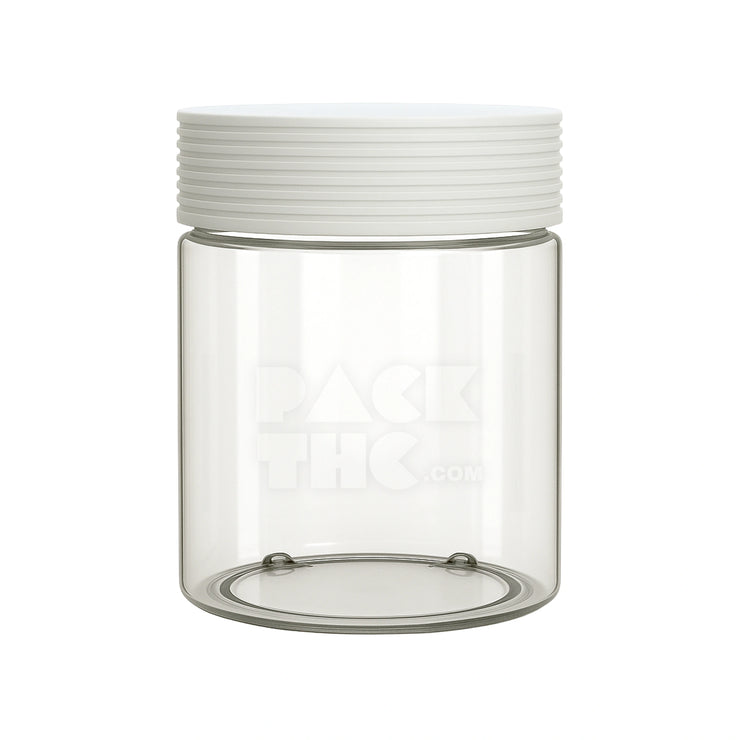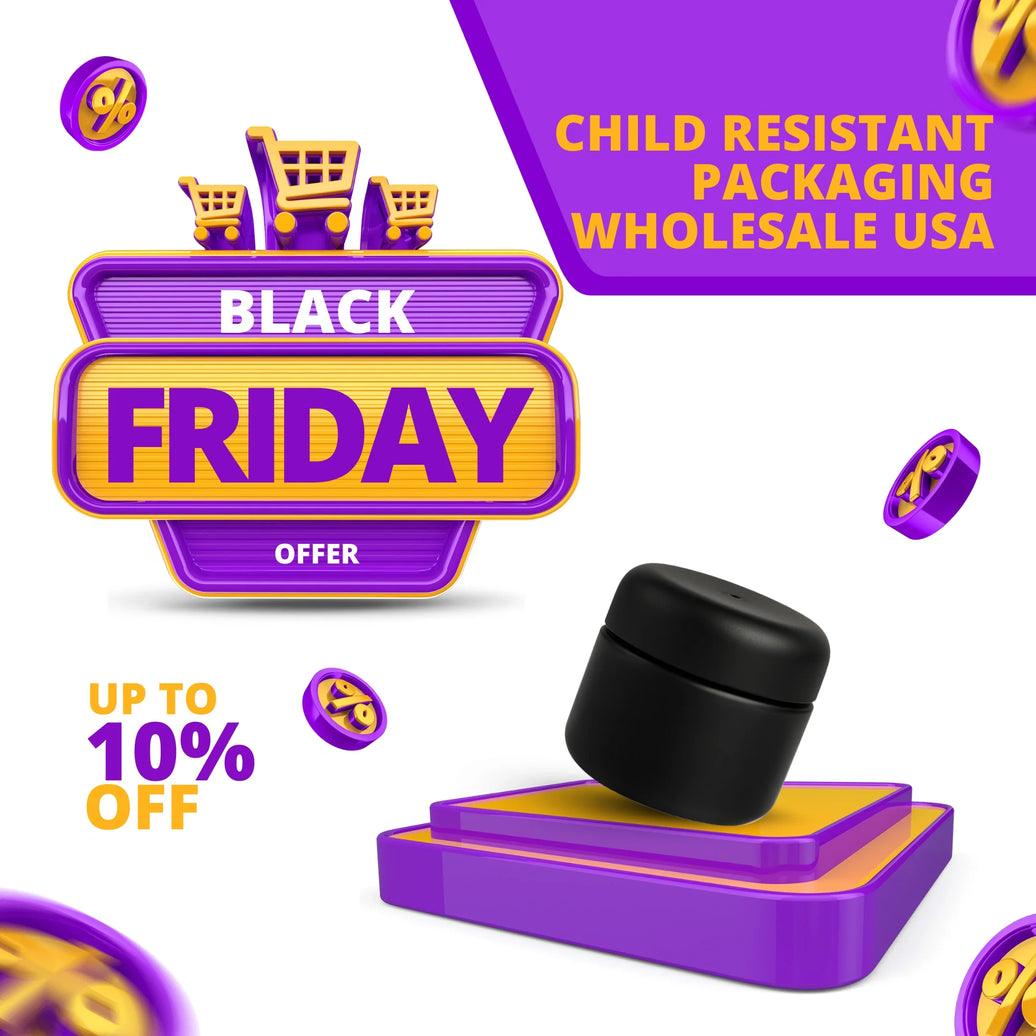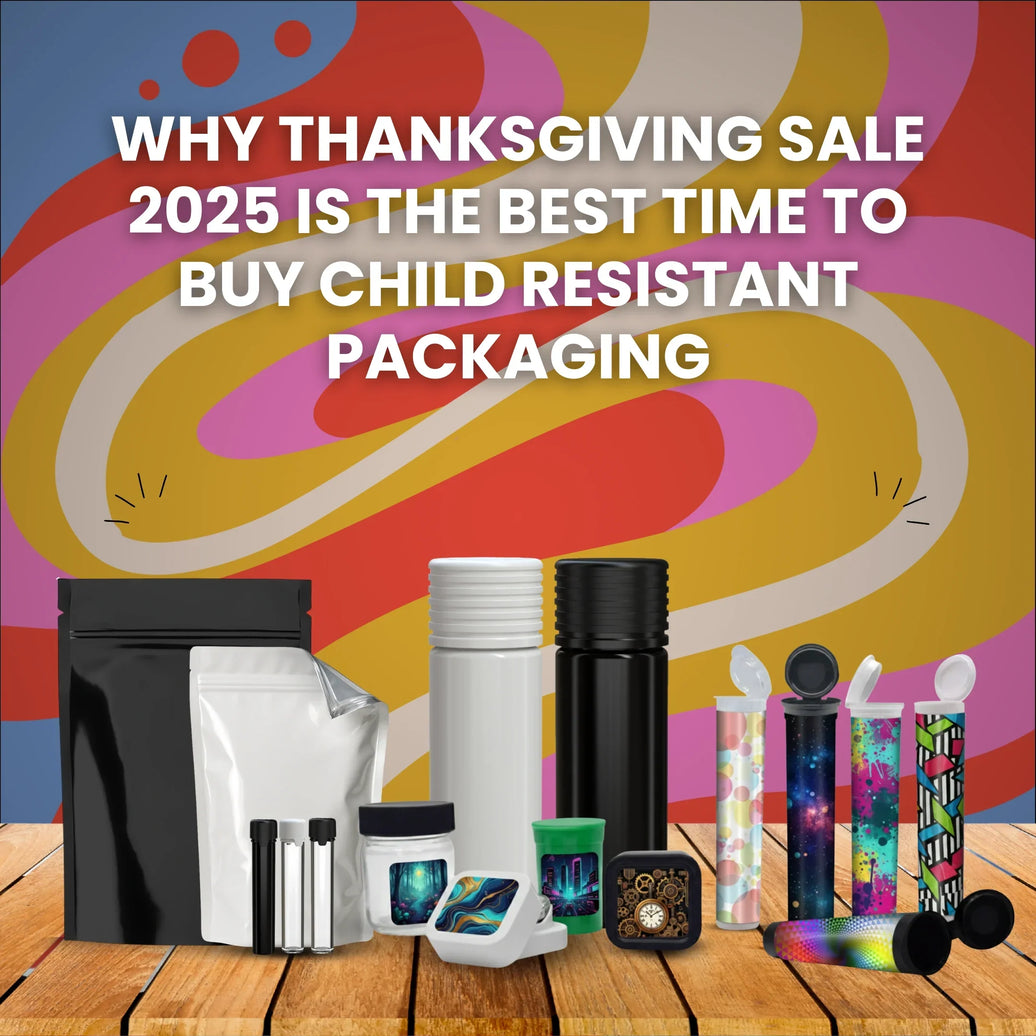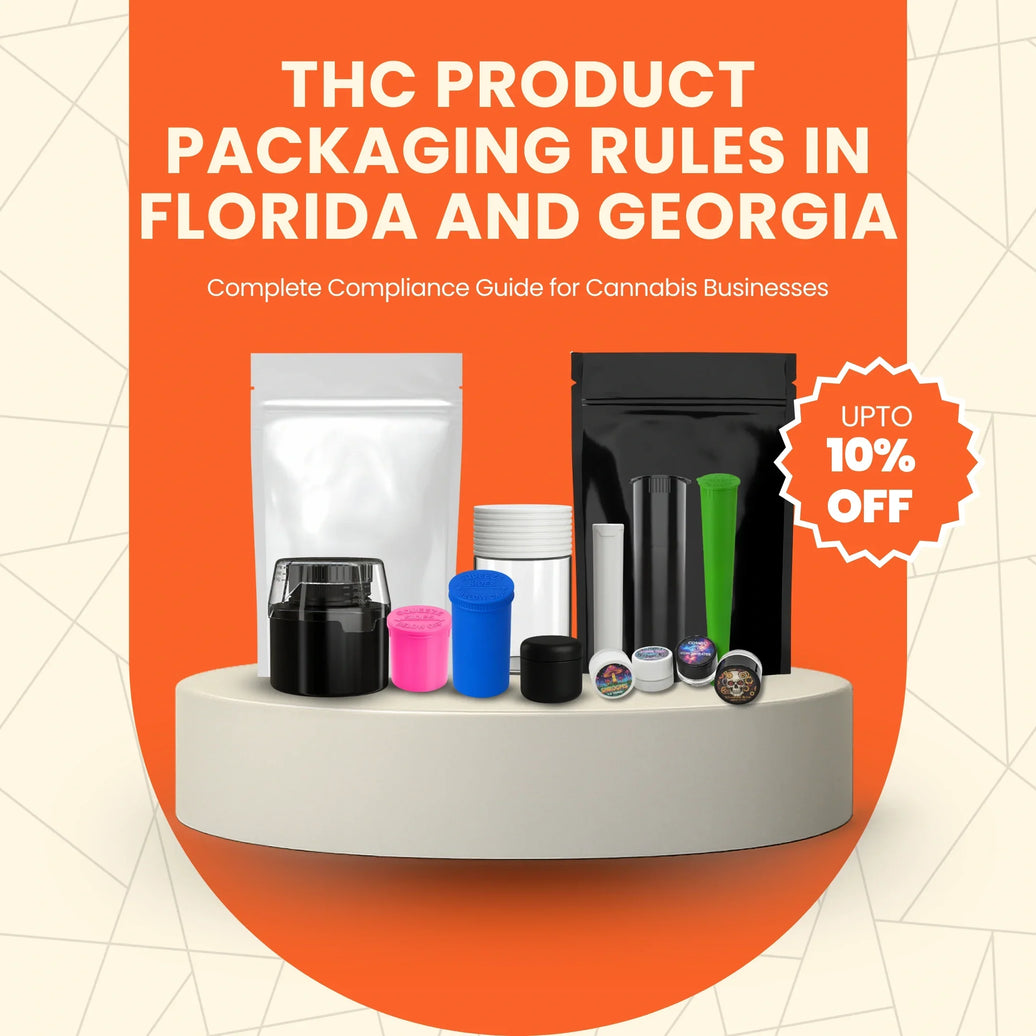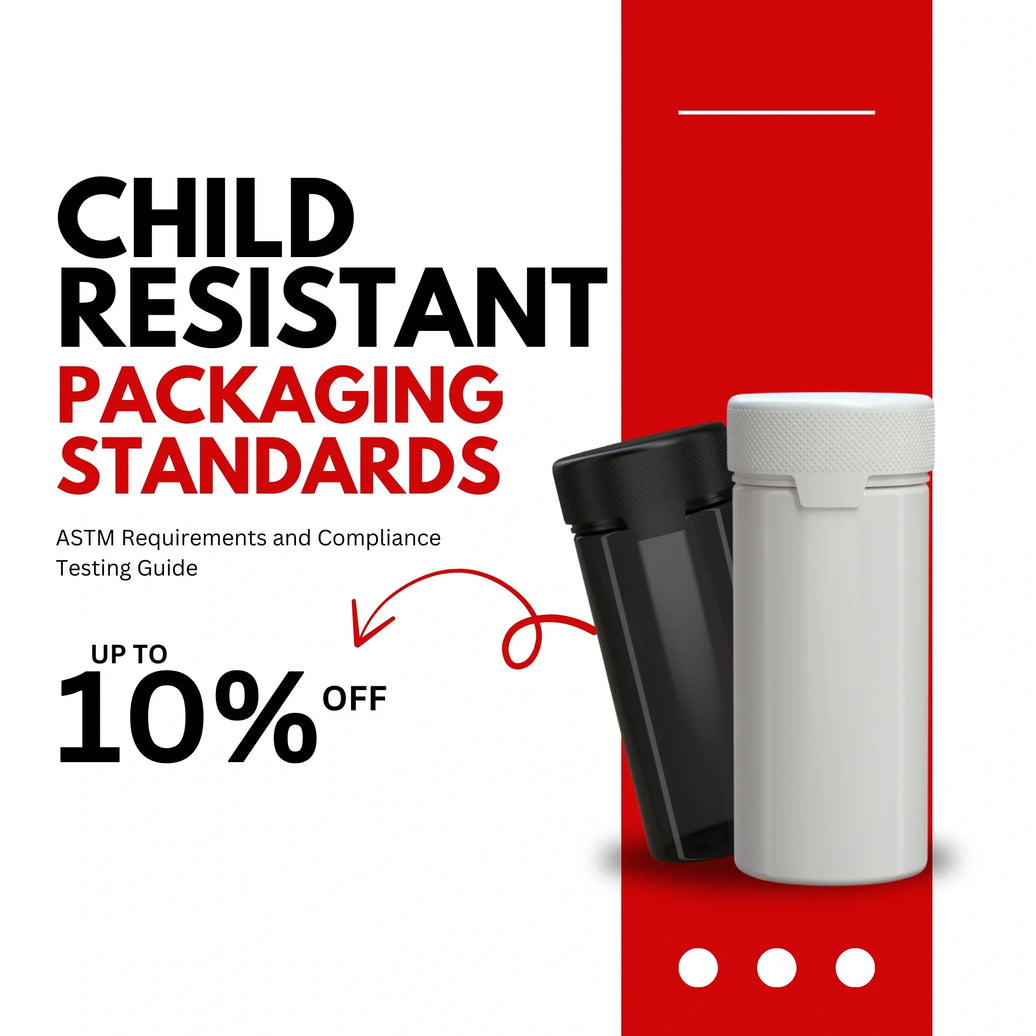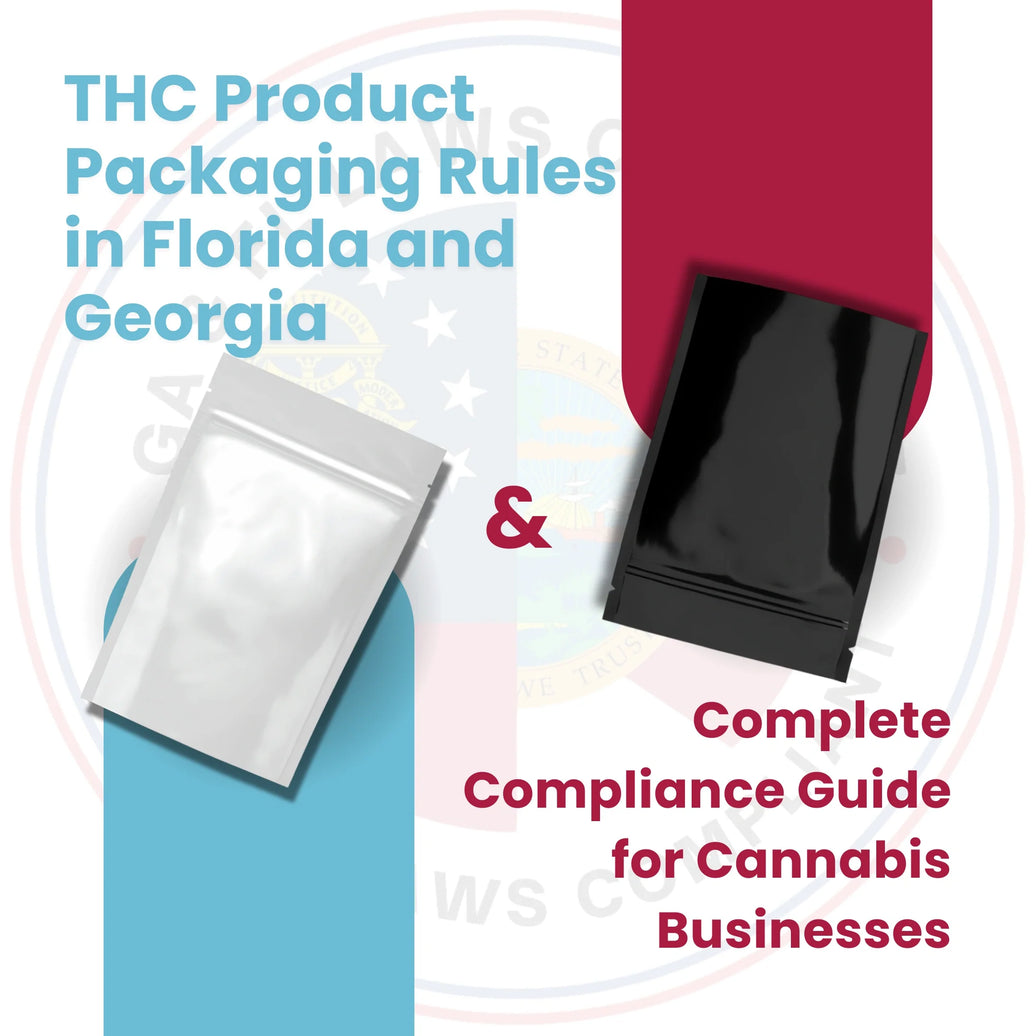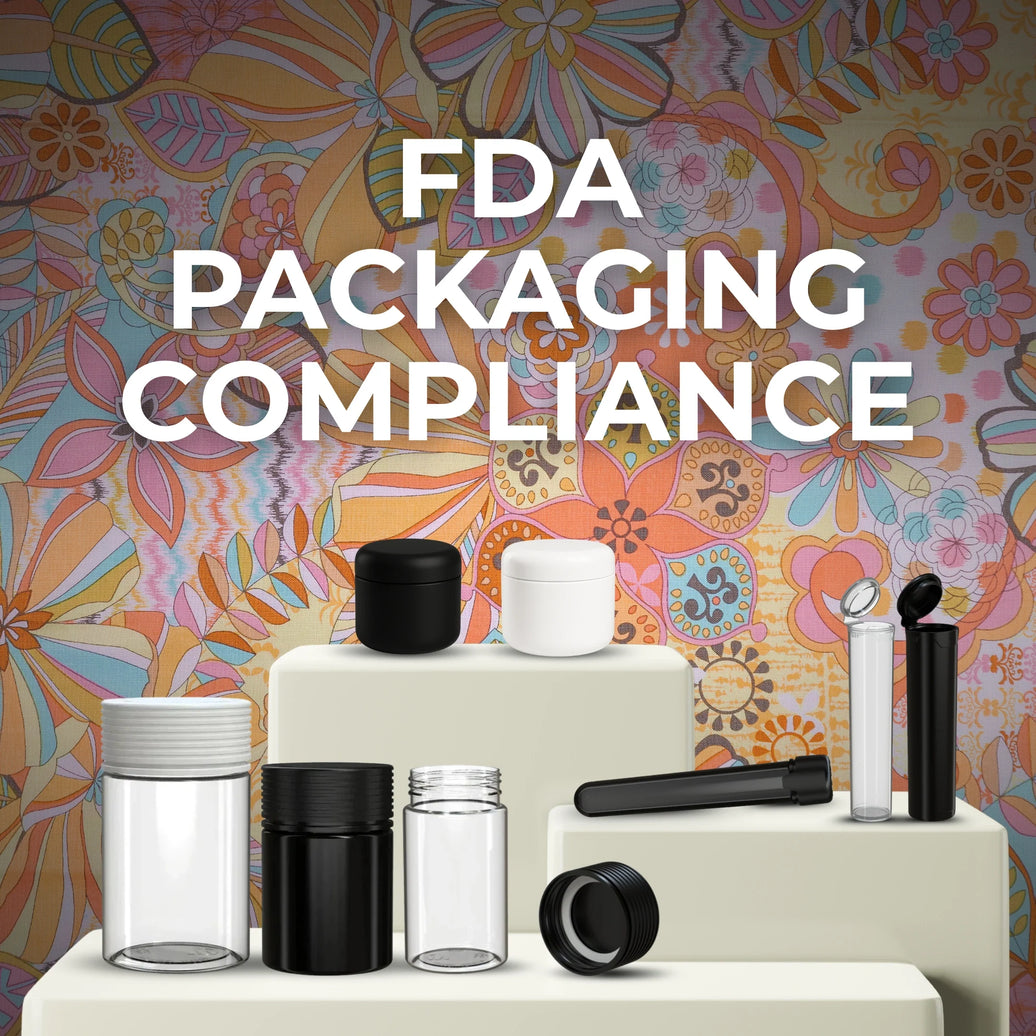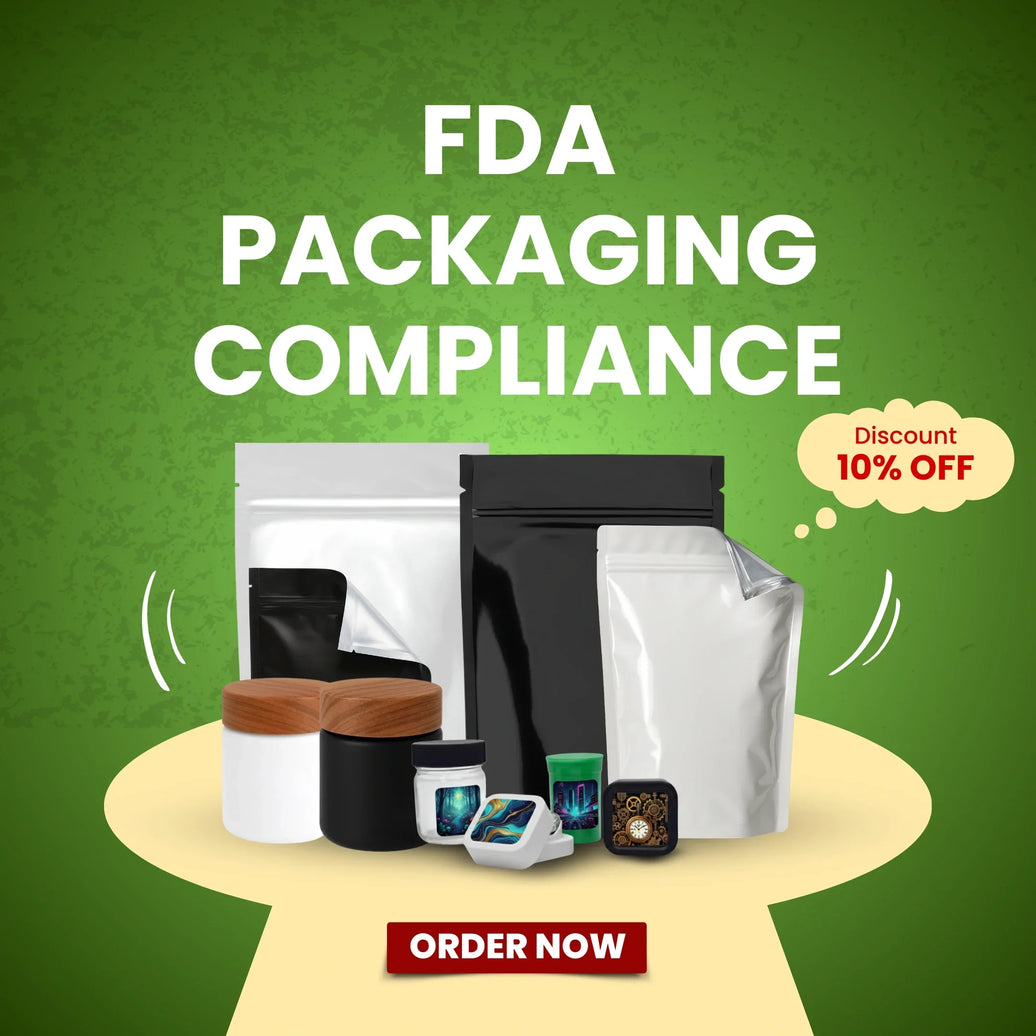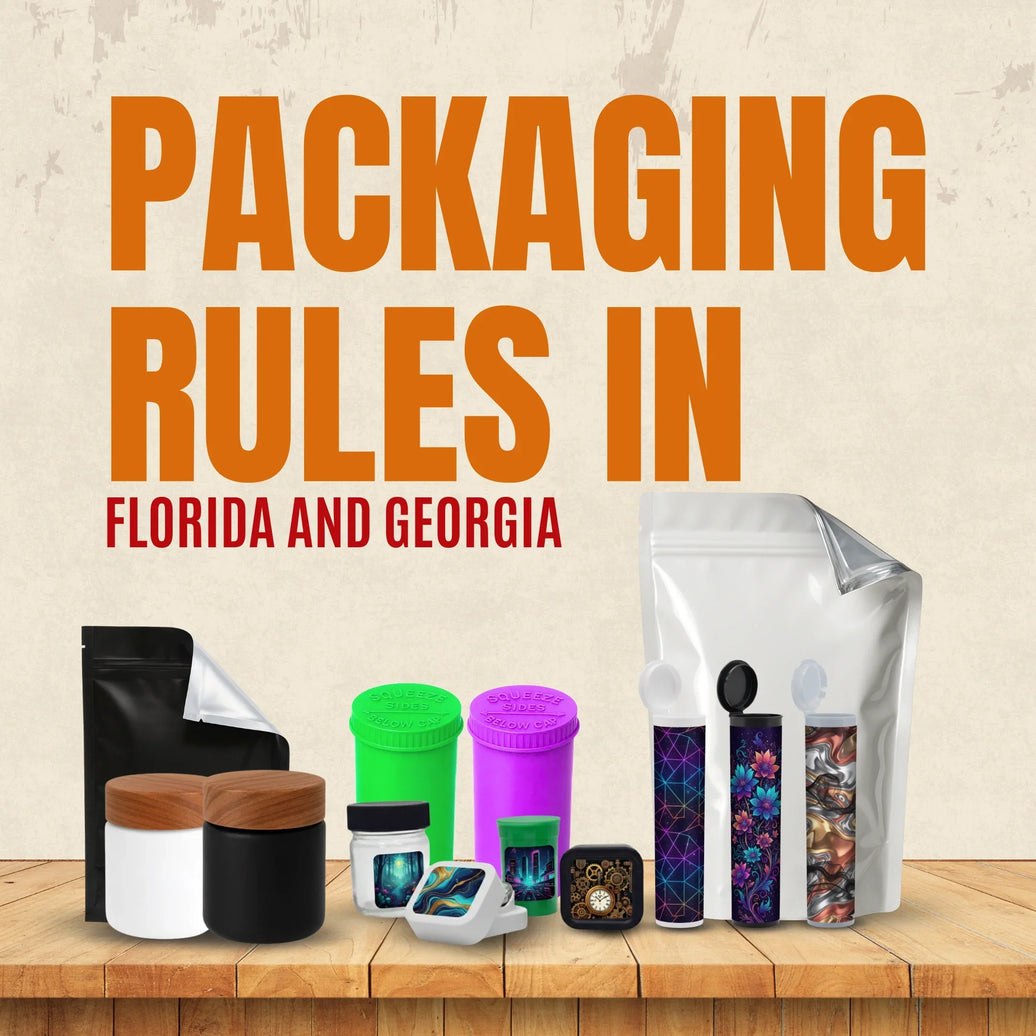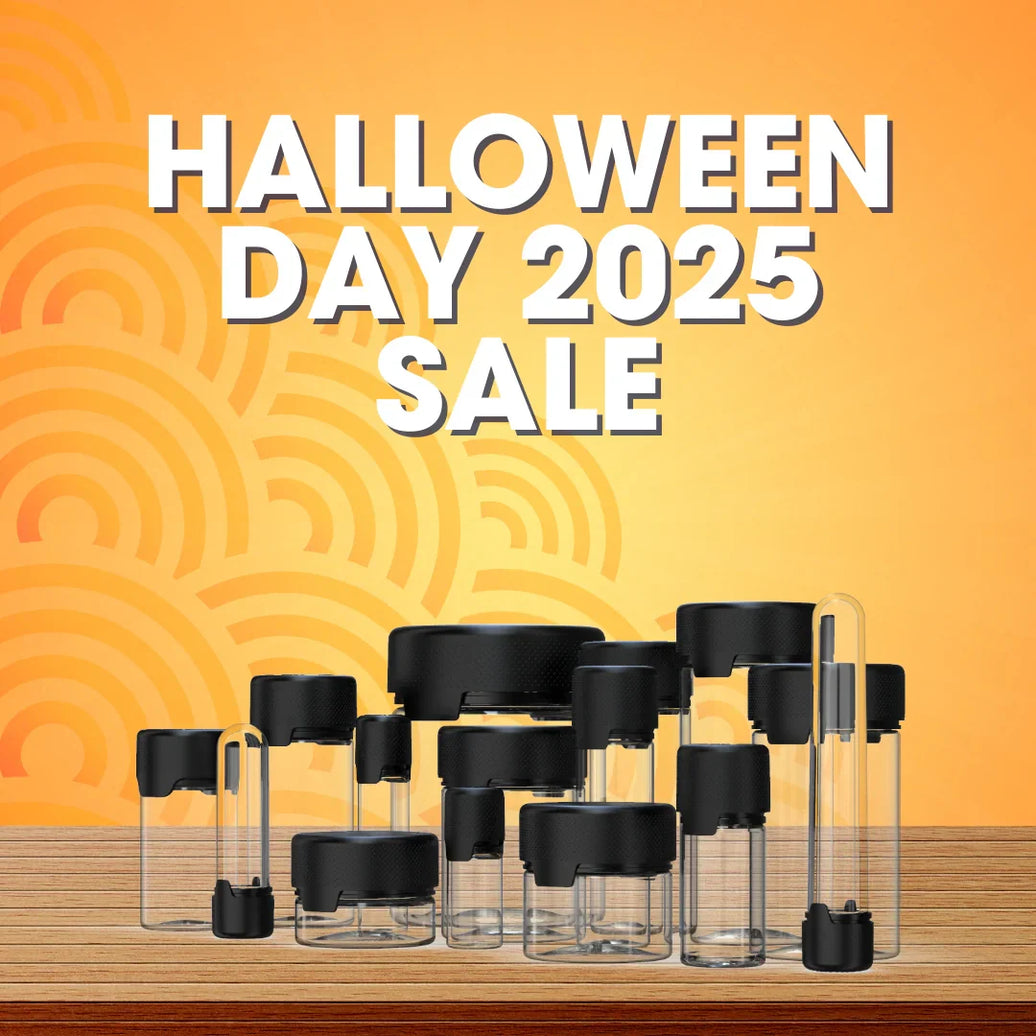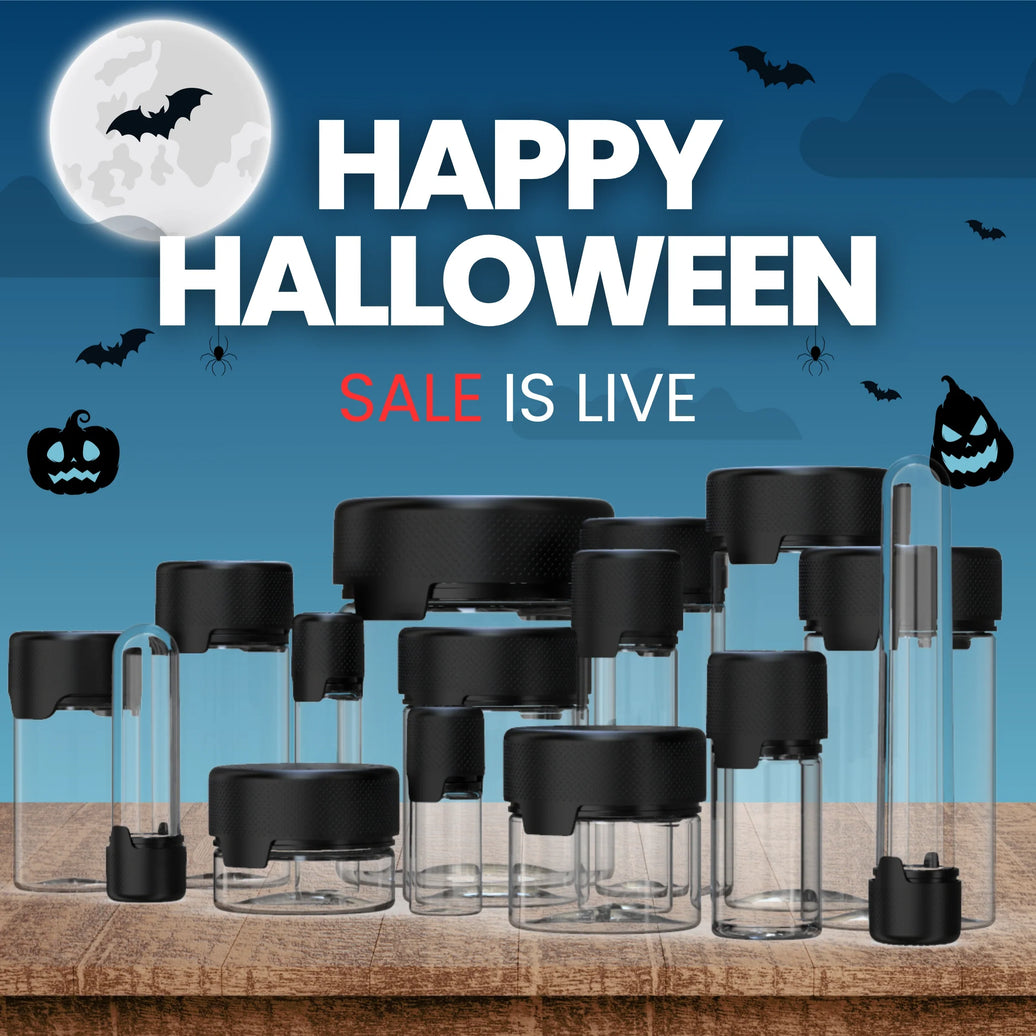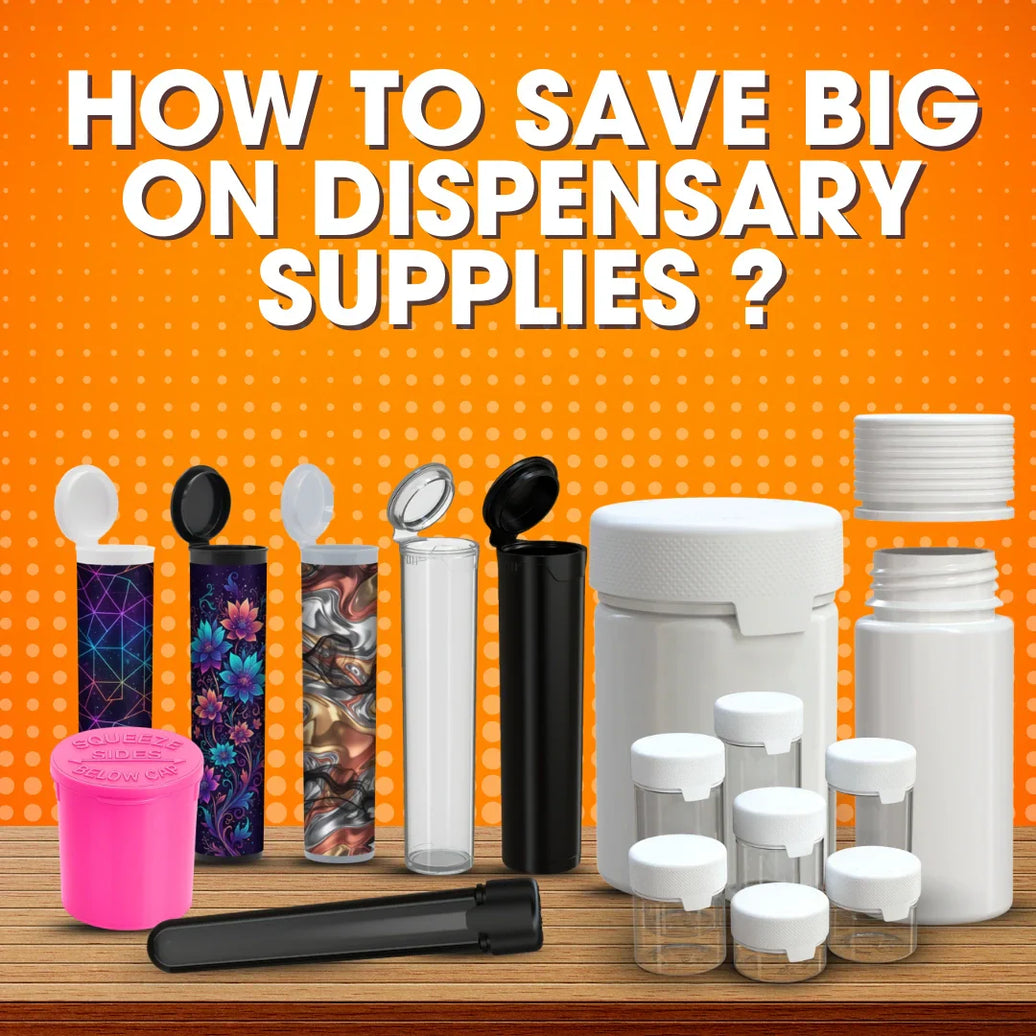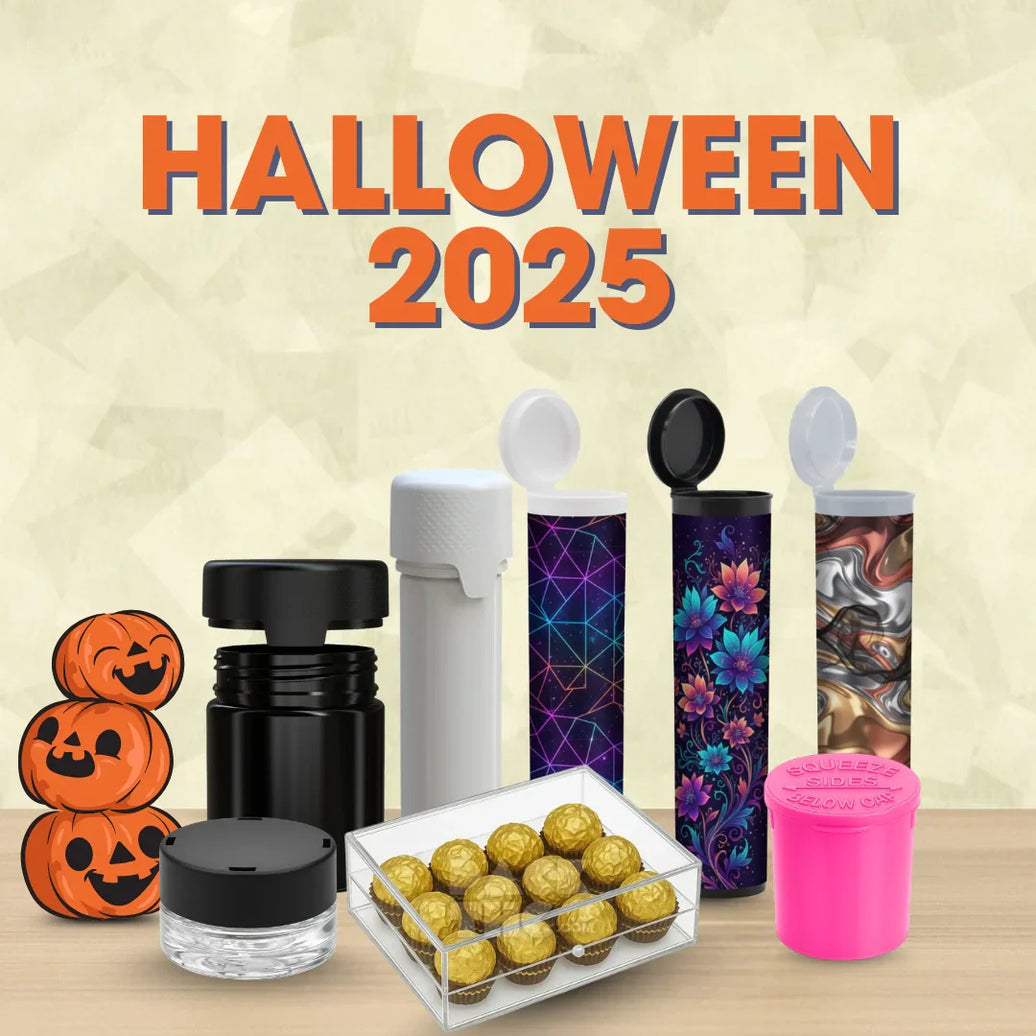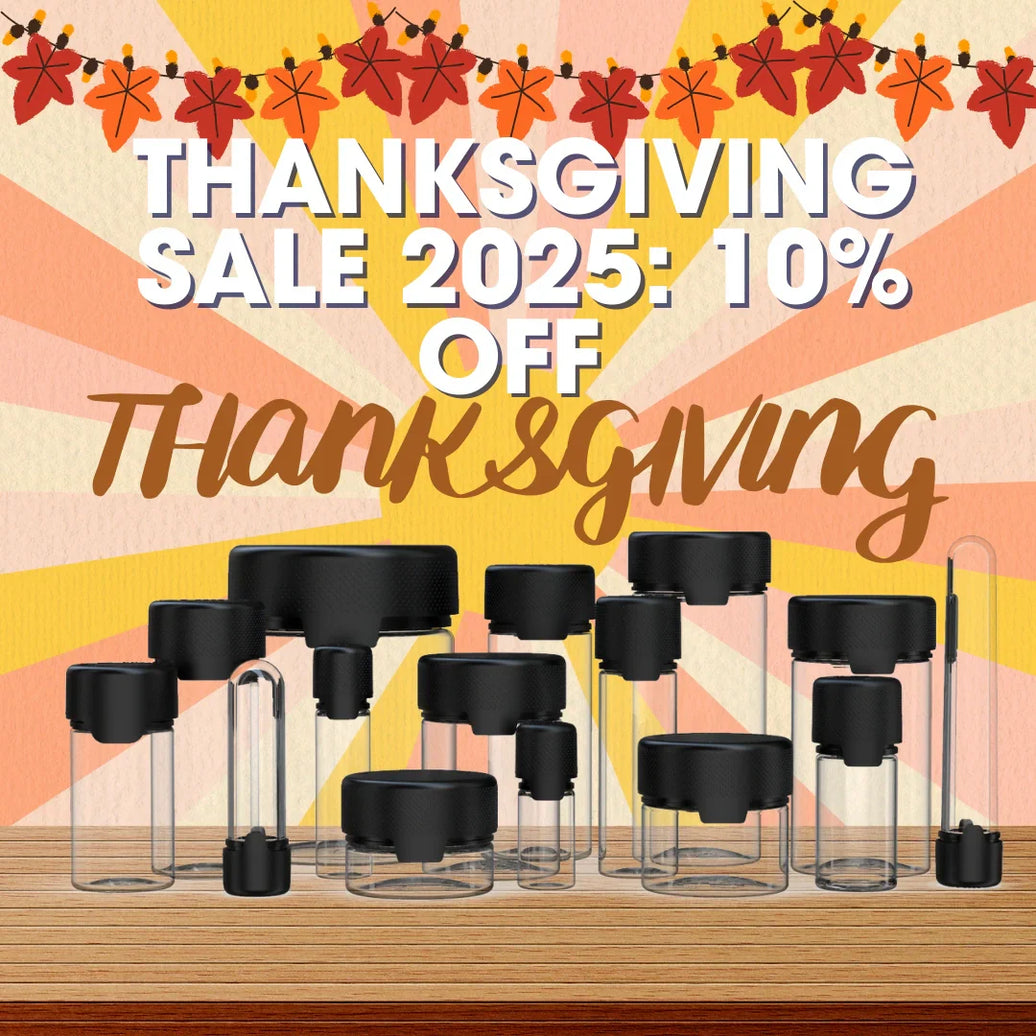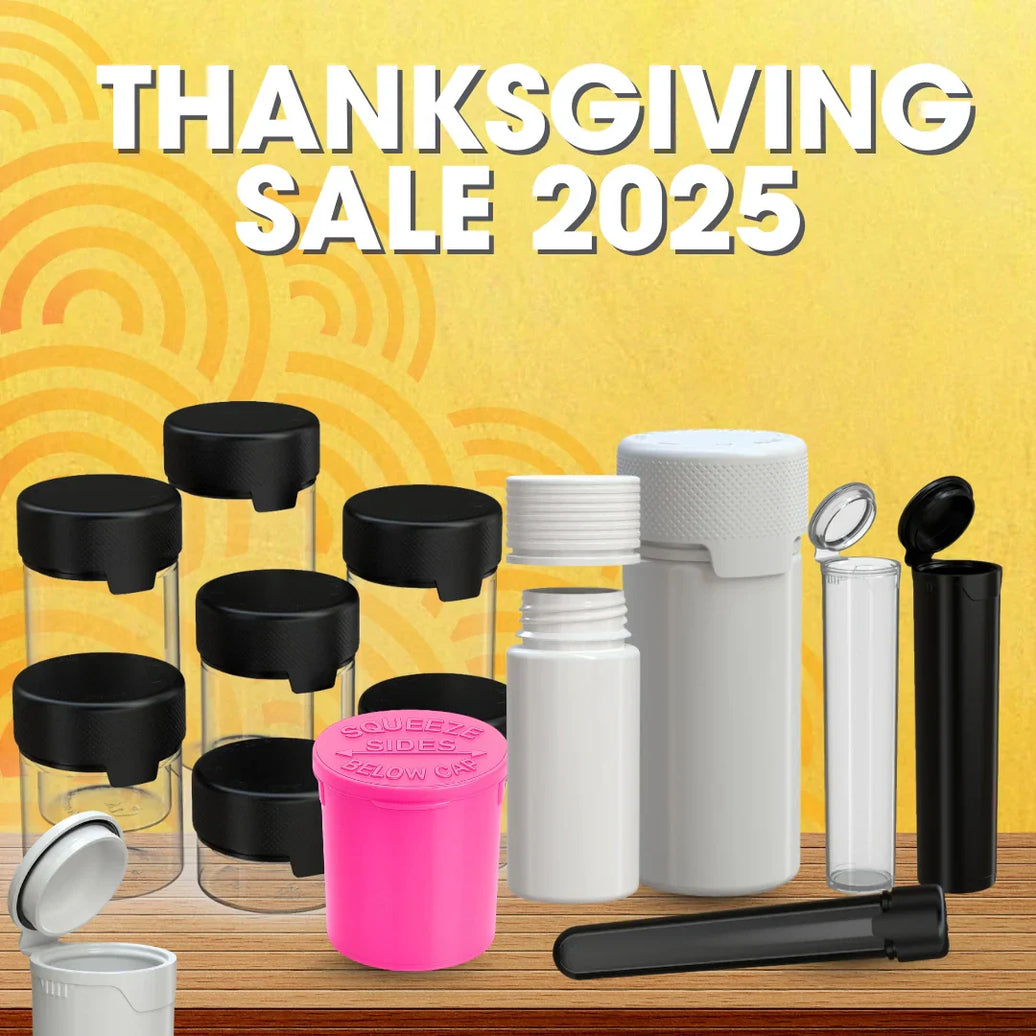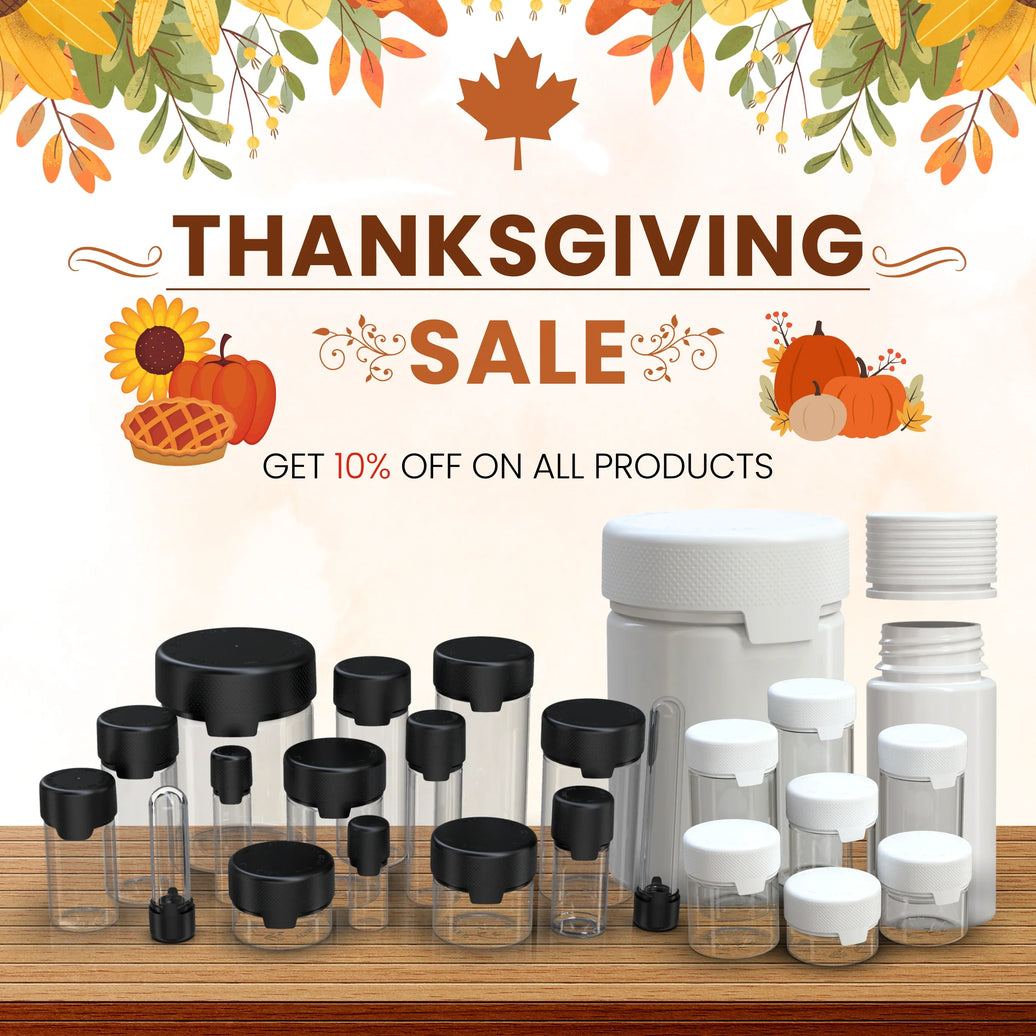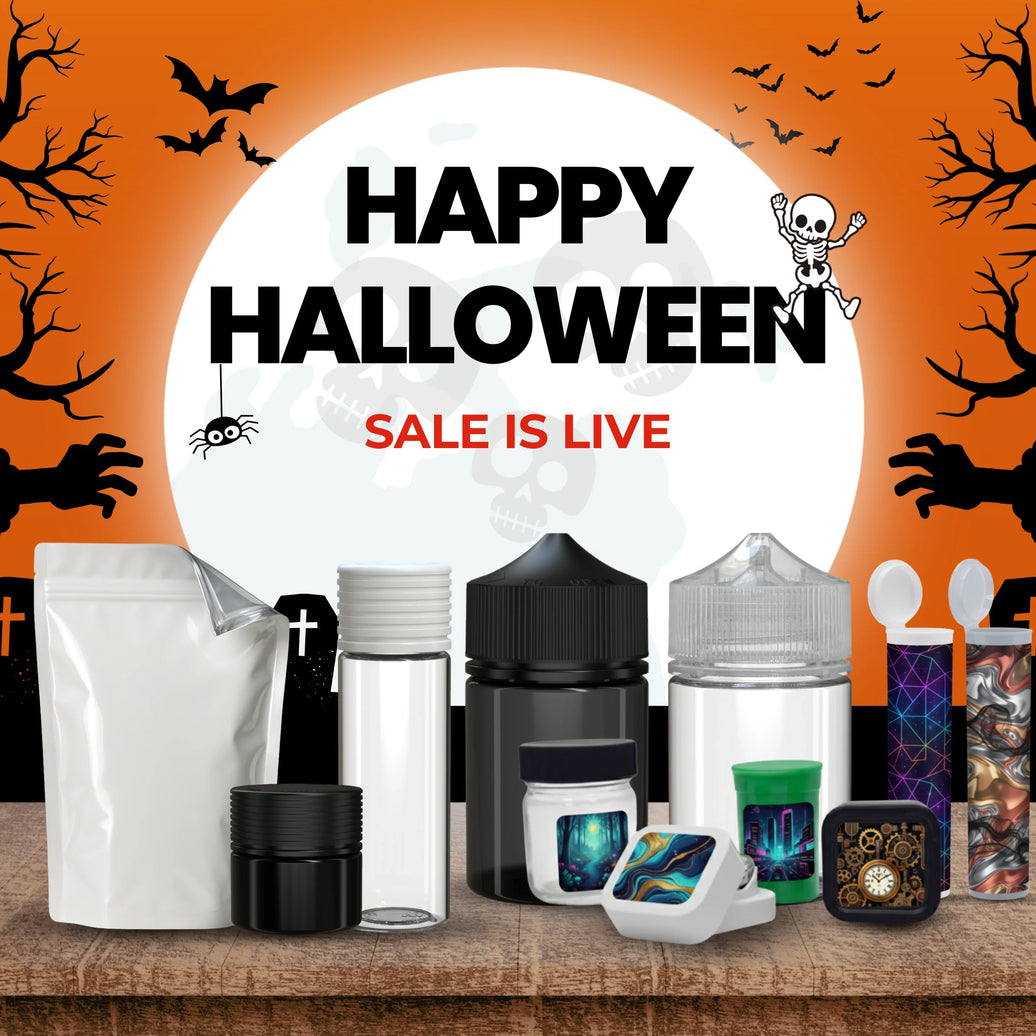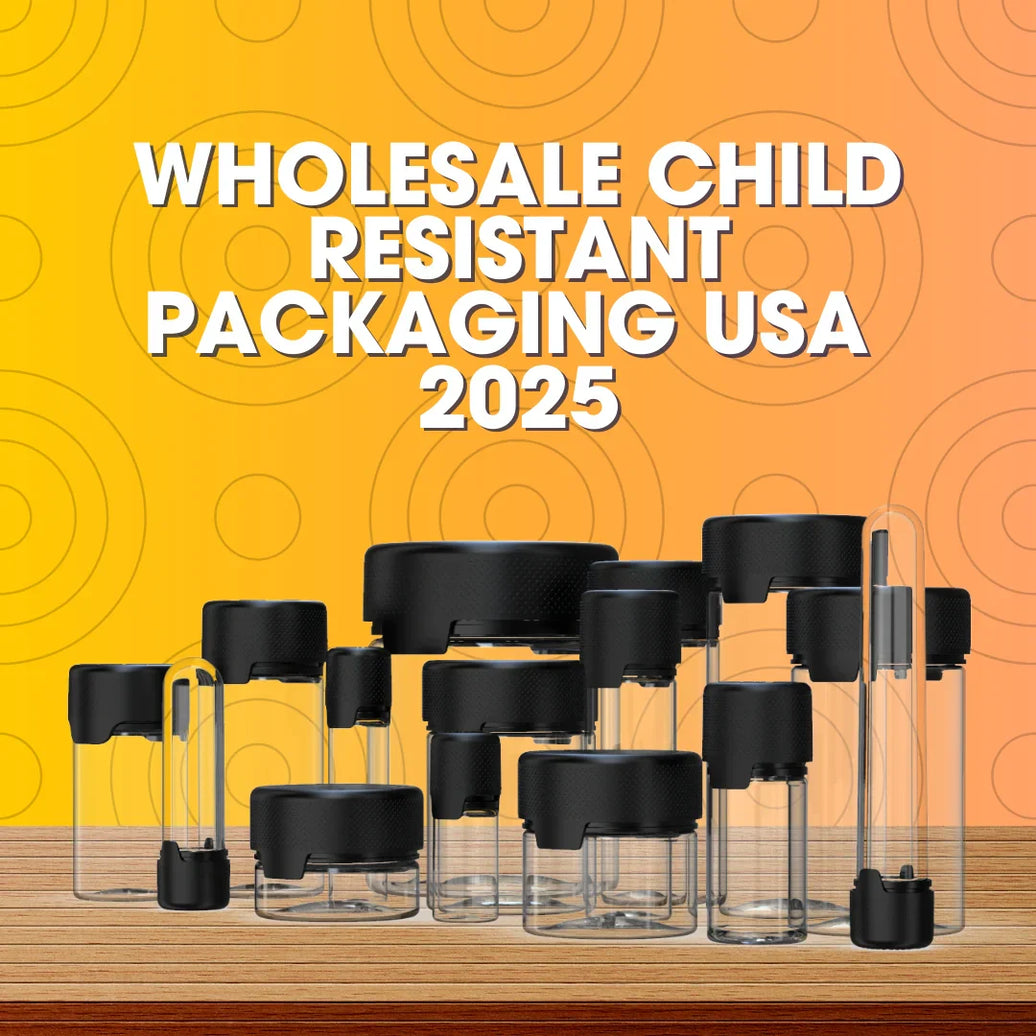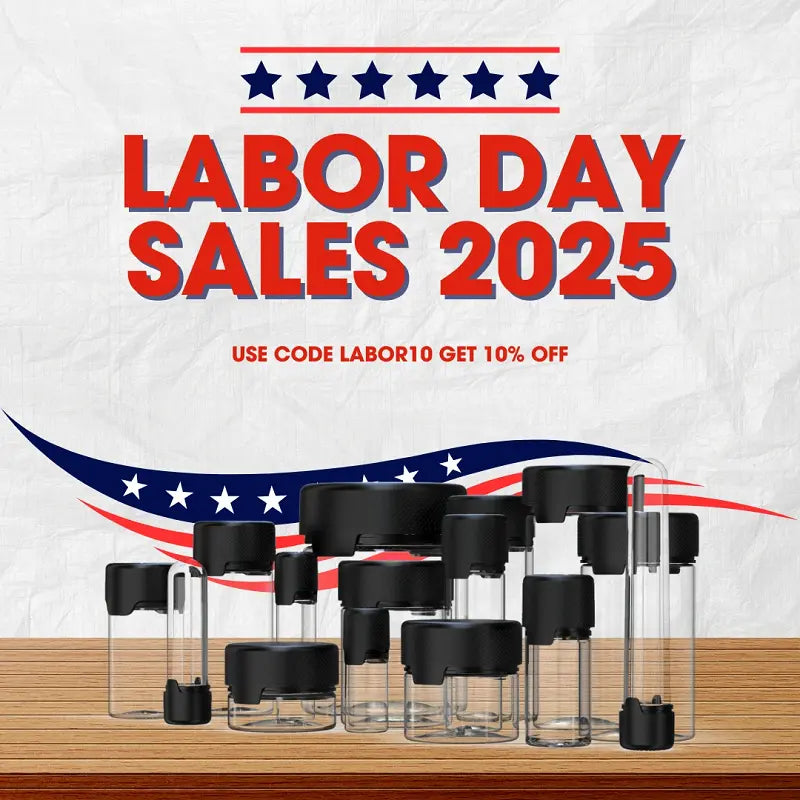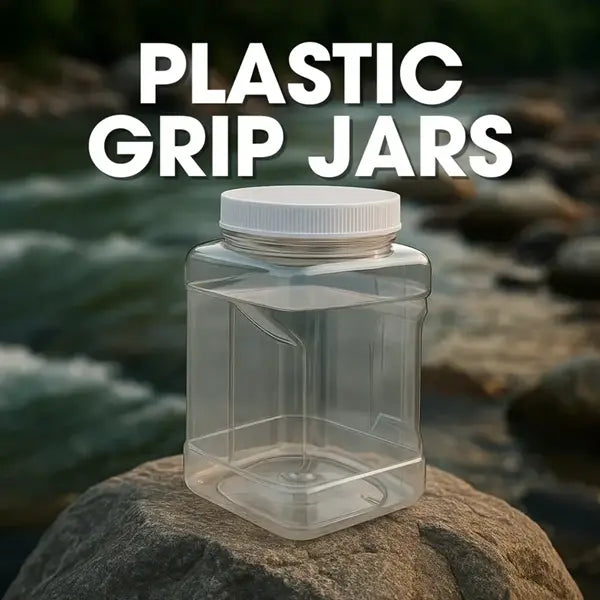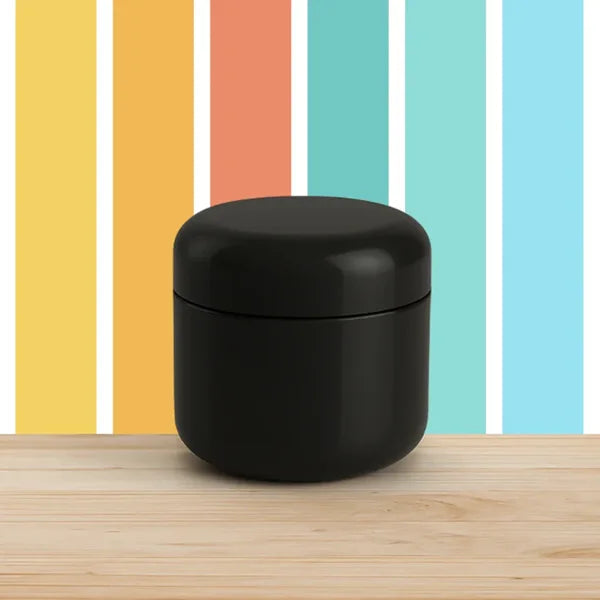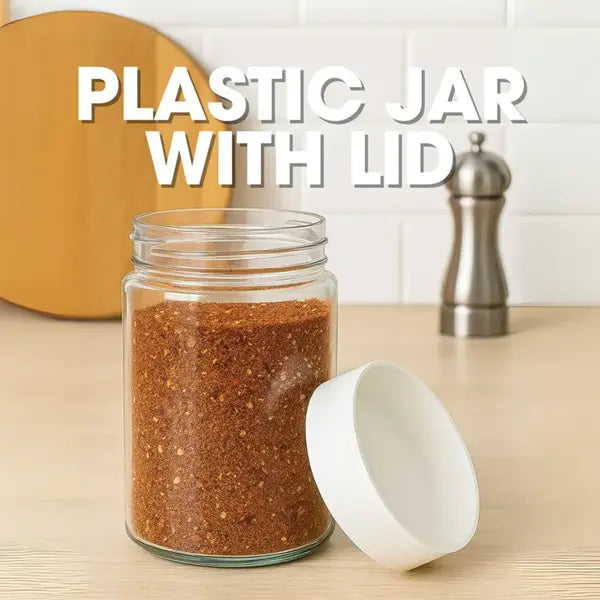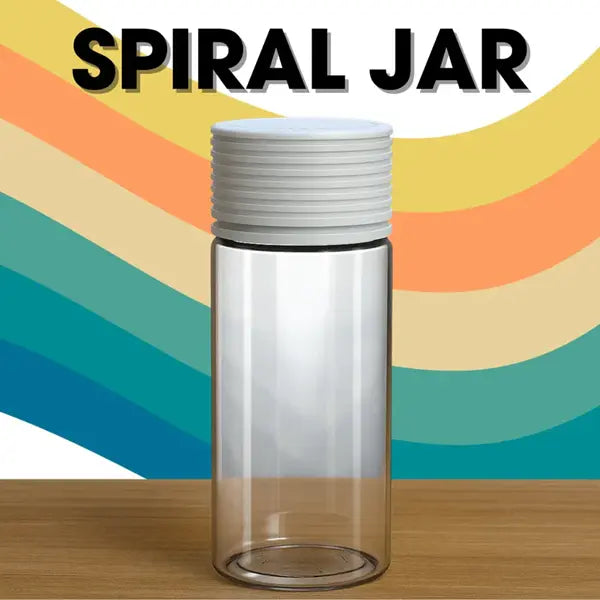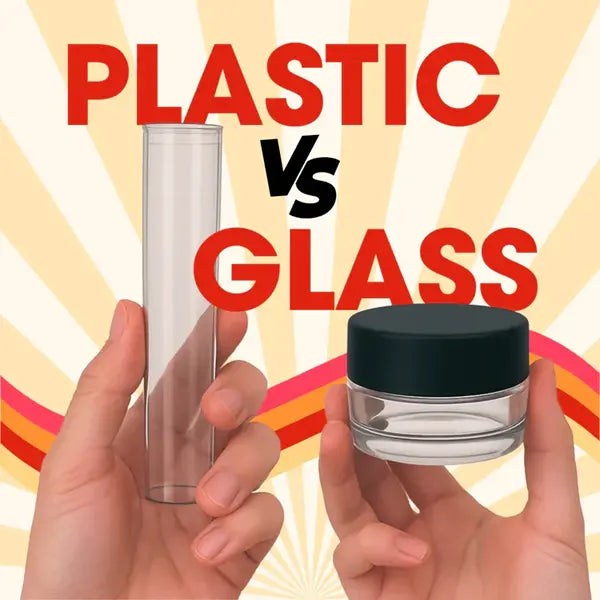In regulated industries, packaging plays a role that goes well beyond product protection. It ensures compliance with safety standards, preserves brand reputation, and most importantly, helps prevent accidental access by children. Child-resistant packaging has become a vital part of responsible business practices, especially for cannabis dispensaries, pharmaceutical companies, and supplement brands. These specially designed containers create a barrier that young children cannot easily bypass, while still allowing adults to open them without difficulty. For businesses searching for wholesale dispensary packaging solutions, understanding child-resistant standards is now essential. This guide explains what child-resistant packaging is, why it matters, the container options available, and how PackTHC supports dispensaries with safe, reliable, and affordable wholesale packaging.
What is Child-Resistant Packaging?
Child-resistant packaging refers to containers engineered to reduce the risk of children opening them. The goal is to prevent accidental ingestion of medications, cannabis, or other potentially harmful products. A classic example is the pop-top vial, which requires a squeeze-and-twist action to open. These mechanisms are carefully designed so that adults can use them easily, but children under five years old find them difficult to open. Regulations in pharmaceutical and cannabis industries require such packaging to minimize accidental poisoning and enhance consumer safety.
Why Child-Resistant Packaging is Important
The significance of child-resistant packaging goes well beyond compliance. It represents a brand’s dedication to consumer safety and builds trust with customers, especially parents. From a business perspective, using certified containers helps avoid regulatory fines, lawsuits, or product recalls. These containers also maintain the quality of sensitive products such as cannabis, preserving freshness, potency, and flavor. In highly competitive dispensary markets, child-resistant packaging not only ensures compliance but also acts as a differentiator that strengthens brand loyalty and consumer confidence.
Common Types of Child-Resistant Containers
Several packaging solutions have been developed to meet child resistance requirements. Among the most popular are pop-top vials, widely used in dispensaries for cannabis flower. These containers are lightweight, secure, and simple for adults to open. Pre-roll tubes are another option, designed to hold joints or small cylindrical products in durable containers. For gummies, edibles, or bulk quantities, wide-mouth jars with child-resistant caps are a preferred choice. Although these containers vary in design, they all serve the same purpose: keeping products secure from children while being practical for adults.
Child-Resistant Closures Explained
The closure mechanism is the most critical element of child-resistant packaging. One of the earliest examples is the push-and-turn cap used on medication bottles. These closures are legally required to pass strict testing with groups of children under five to ensure they cannot be easily opened, while still remaining functional for adults and seniors. Achieving this balance between safety and usability is what makes closures challenging to design but essential for compliance. Common designs include squeeze-and-turn tops, snap-lock lids, and sliding mechanisms, each offering a different method of protection.
Wholesale Dispensary Packaging Solutions
Dispensaries operate in an industry where safety, compliance, and customer presentation must work together. Buying wholesale packaging for dispensaries allows businesses to stock certified child-resistant containers in bulk, often at lower costs. Wholesale options include 6-dram vials for single grams of flower, larger pop-top vials, jars for edibles, and tubes for pre-rolls. Ordering in bulk ensures product consistency, cost savings, and smoother operations, as staff can quickly fill, label, and distribute standardized packaging. Reliable wholesale packaging not only keeps businesses compliant but also strengthens their professional image.
The Three Levels of Packaging
Packaging is commonly divided into three categories: primary, secondary, and tertiary. Primary packaging is the container that directly touches the product, such as a vial, jar, or tube. Secondary packaging refers to the outer layer that groups products together, like branded boxes or wraps. Tertiary packaging includes shipping and bulk distribution materials such as cartons or pallets. For dispensaries, primary packaging carries the greatest importance because it ensures compliance and consumer safety, while secondary and tertiary packaging provide additional layers for branding and logistics.
The Four Principles of Packaging
When evaluating packaging, businesses should consider four main principles. Protection ensures that products remain safe, fresh, and intact. Compliance guarantees that packaging meets industry regulations, particularly child resistance standards. Convenience makes sure adults can open products easily and staff can use them efficiently. Branding highlights packaging as a marketing tool that strengthens customer recognition. Together, these principles create a strong foundation for choosing the right packaging strategy.
PackTHC – Trusted Wholesale Packaging Supplier
PackTHC is a leading supplier of child-resistant packaging for the cannabis and pharmaceutical industries. The company offers a full range of certified solutions, including pop-top vials, pre-roll tubes, and wide-mouth jars, all designed to meet strict compliance standards. Serving dispensaries and manufacturers nationwide, PackTHC provides affordable bulk packaging that combines safety, reliability, and efficiency. By partnering with PackTHC, businesses gain confidence in their compliance, while benefiting from cost savings and scalable packaging solutions.
Frequently Asked Questions
What does child resistance mean in packaging?
Child resistance refers to packaging designed to be difficult for young children to open while still allowing adults to use it easily. Its purpose is to reduce accidental ingestion of hazardous products.
How should businesses meet child-resistant packaging requirements?
Businesses must use certified child-resistant containers that meet regulatory standards. This often means sourcing packaging from trusted suppliers and keeping up with evolving safety requirements.
What are examples of child-resistant containers?
Examples include pop-top vials for cannabis, pre-roll tubes, and push-and-turn medication bottles. All are engineered to protect children while remaining functional for adults.
What is a child-resistant closure?
It is a cap or lid designed to prevent children from opening a container. Closures may require squeeze-and-turn or snap-lock motions that are manageable for adults but difficult for children.
What standards apply to child-resistant caps?
These caps must pass safety tests proving children under five cannot open them, while adults, including seniors, can operate them without excessive effort. They must also be durable enough for repeated use.
What are the three packaging categories?
The three categories are primary packaging (direct product contact), secondary packaging (outer grouping or branding layer), and tertiary packaging (shipping and bulk storage).
What are the four packaging principles?
The four principles are protection, compliance, convenience, and branding. Together, they ensure safety, legal compliance, and strong brand presence.
Conclusion
Child-resistant packaging is no longer just a compliance requirement—it is a critical element of consumer safety and brand trust. For dispensaries, investing in wholesale packaging solutions ensures they remain compliant, reduce costs, and deliver professional packaging to customers. With certified vials, tubes, and jars, businesses can safeguard their products while enhancing brand credibility. By working with trusted suppliers like PackTHC, dispensaries gain access to affordable, high-quality, and compliant packaging that supports long-term growth.

